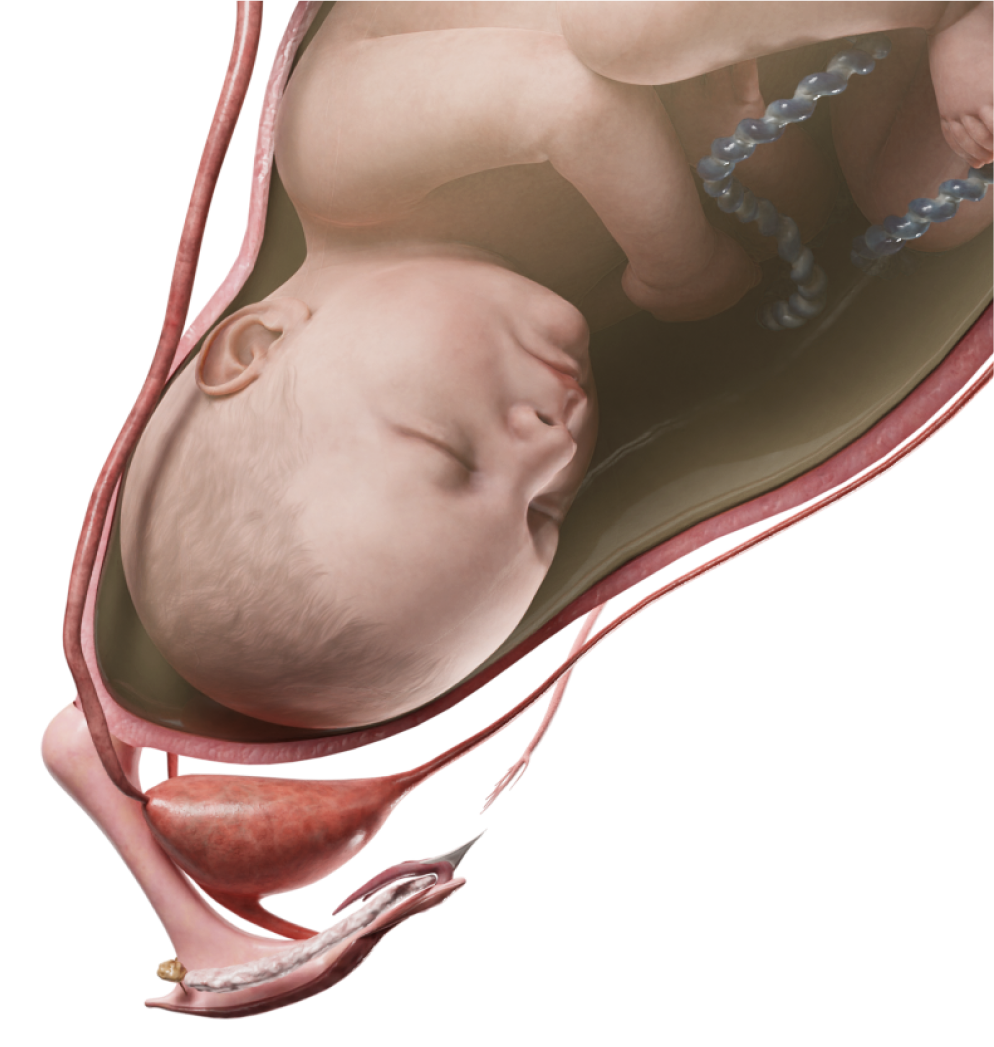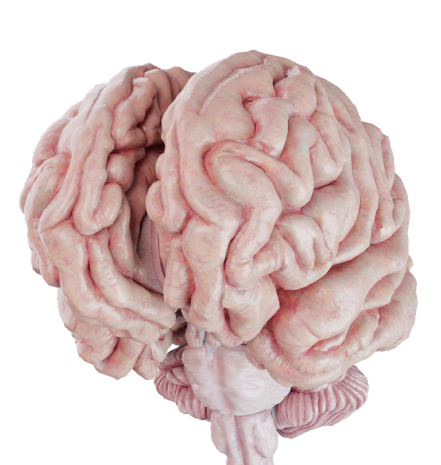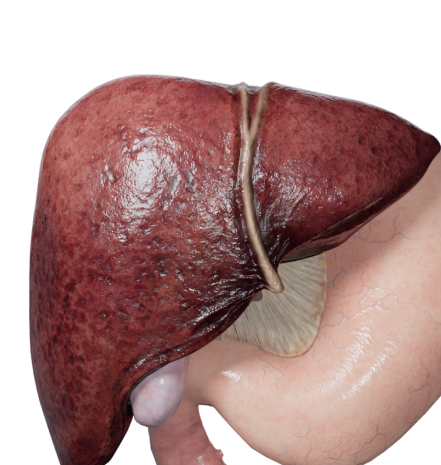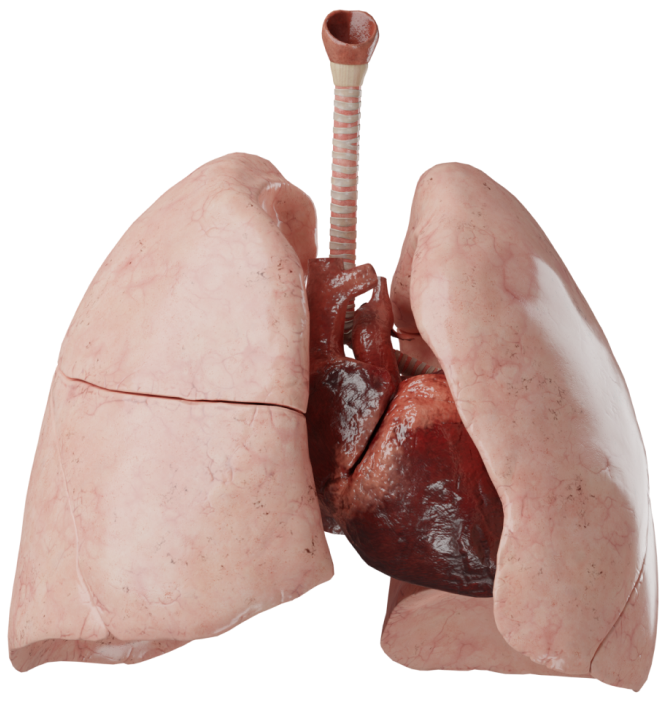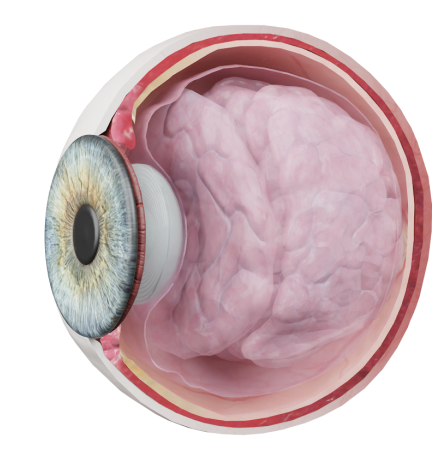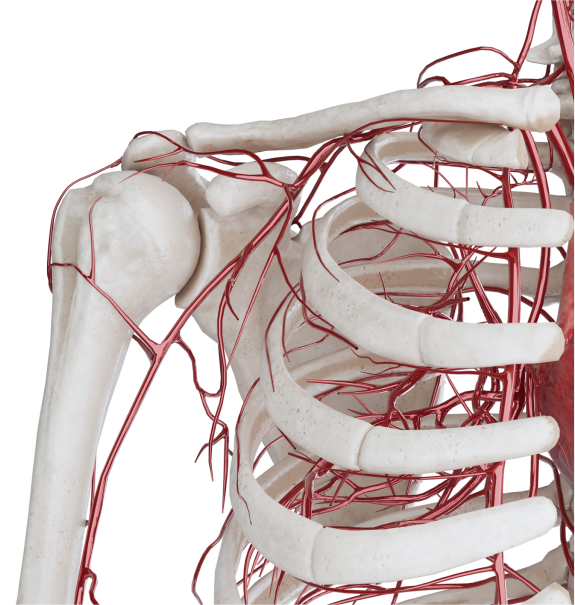Аномалии легочных вен
Эмбриология
Эмбриональные зачатки легких, глотки и трахеобронхиального дерева происходят из начальной части первичной пищеварительной трубки. На ранней стадии развития зачатки легких окутаны сосудистым сплетением первичной пищеварительной трубки — висцеральным сплетением. По мере прогрессирования дифференциации легких, часть висцерального сплетения формирует легочное сосудистое русло. На первой стадии прямая его связь с сердцем отсутствует и легочное сосудистое русло дренируется через висцеральное сплетение.
Окончательная связь легочного сосудистого русла с сердцем зависит от более позднего соединения выступа синоатриальной области сердца (общей легочной вены) с легочной частью висцерального сплетения. Это выпячивание образуется слева от развивающейся первичной перегородки.
Когда происходит слияние этих образований, первичные коммуникации между легочной частью висцерального сплетения и кардинальной и пупочной системой вен постепенно редуцируются. Легочное венозное русло начинает дренироваться через четыре отдельные большие легочные вены в общую легочную вену, которая опорожняется в общее предсердие. Общая легочная вена является временным анатомическим образованием. В процессе дифференциального роста оно инкорпорируется в левое предсердие в виде отдельных четырех легочных вен.
Эмбриологической основой большинства аномалий легочных вен является нарушение развития общей легочной вены. Если не произошло слияния выступа синоатриальной области сердца с легочным венозным сплетением, легочные вены дренируются более примитивным путем через системные вены.
Классификация
Основные формы:
- Частичный аномальный дренаж легочных вен;
- Тотальный аномальный дренаж легочных вен;
- Врожденный стеноз легочных вен.
По уровню впадения легочных вен:
- инфракардиальная;
- интракардиальная;
- супракардиальная.
Частичный аномальный дренаж легочных вен (ЧАДЛВ)
Анатомия
Легочные вены чаще всего впадают либо в правое предсердие, либо в ВПВ/НПВ. Самым частым вариантом является ЧАДЛВ на уровне верхней полой вены и ДМПП по типу венозного синуса. Правые отделы сердца могут быть незначительно увеличены.
Гемодинамика
Гемодинамические нарушения такие же, как и при межпредсердном дефекте — легочный кровоток увеличен из-за рециркуляции крови через легкие. Его объем зависит от количества аномальных вен, наличия и размера ДМПП и величины легочного сосудистого сопротивления. Ощутимые нарушения гемодинамики возникают при увеличении легочного кровотока в 1,5 раза и более. Если одна вена дренируется в правое предсердие или его притоки, объем лево-правого сброса составляет около 20% общего легочного кровотока. Этот незначительный объем гиперволемии клинически себя не проявляет. Если все легочные вены, за исключением одной, дренируются аномально, физиология и клинические проявления соответствуют ТАДЛВ. Если вены одного легкого впадают аномально, легочный кровоток зависит от величины легочного сосудистого сопротивления и растяжимости предсердия.
Диагностика
- ЭхоКГ, КТ. Визуализация дефекта. Выявляется ЧАДЛВ при настороженности, основанной на общеклинических данных (например, дилатация правых отделов сердца, наличие ДМПП или добавочной верхней полой вены).
- ЭКГ. Чаще нормальная. Могут быть выявлены признаки перегрузки правых отделов сердца, блокада правой ножки пучка Гиса.
- Рентгенография органов грудной клетки. Изменения на рентгенограмме характеризуют величину избыточного кровотока через правые отделы сердца. В периоде новорожденности признаки могут отсутствовать (высокое общелегочное сопротивление), нарастая по мере снижения ОЛС. Можно обнаружить специфические признаки, указывающие на аномальное место впадения легочных вен. Например, если легочные вены впадают в верхнюю полую вену, нижняя порция ее дилатирована, что часто проявляется расширением тени сердца выше контура правого предсердия или двойной плотностью внутри верхнего края предсердия.
- Катетеризация сердца и ангиография. Используется в неясных случаях для проведения дифференциальной диагностики. Наиболее информативно введение контрастного вещества в легочную артерию - позволяет детализировать анатомию пути легочной венозной крови в правые отделы сердца.
Клинические проявления
Клинические признаки зависят от количества легочных вен, впадающих в правые отделы сердца. Аномальный дренаж одной легочной вены клинически себя не проявляет. Даже при аномальном дренаже половины легочных вен дети обычно бессимптомны. Объективные клинические признаки соответствуют ДМПП, при котором отмечается широкое фиксированное расщепление II тона. Постепенно при прогрессировании легочной гиперволемии и артериальной гипертензии появляются такие симптомы, как плохая переносимость физических нагрузок, повышенная утомляемость, одышка, повторные респираторные инфекции.
Лечение
Показания к операциям определяются объемом лево-правого сброса крови. Вмешательство показано, если легочный кровоток в 1,5 раза и более превышает системный. Оптимальный возраст для операции — 2–5 лет. Цель оперативного лечения – перенаправление потока крови в левые отделы сердца с помощью создания внутрисердечных «туннелей» с использованием заплат.
Тотальный аномальный дренаж легочных вен (ТАДЛВ)
Анатомия
Легочные вены могут аномально дренироваться на 4 разных уровнях:
- Супракардиальный - впадение легочных вен в верхнюю полую вену (правую или левую).
- Интракардиальный - дренирование легочных вен напрямую в правое предсердие или в коронарный синус.
- Инфракардиальный - дренирование легочных вен в нижнюю полую или печеночные вены, воротную вену и др.
- Смешанный - комбинация описанных выше вариантов.
Гемодинамика
Жизненно необходимым для таких пациентов является наличие дефекта межпредсердной перегородки или открытого овального окна. Артериальная и венозная кровь поступает в правое предсердие, затем через ДМПП частично поступает в левое предсердие, а затем в системный круг кровообращения. Если коммуникация между правым и левым предсердием небольшого размера, количество крови, которая шунтируется в левое предсердие незначительное. Следовательно, помимо низкой оксигенации крови в системном кровотоке, ее количество уменьшено. Также увеличиваются размеры правых отделов сердца. При большом дефекте между предсердиями, достаточное количество крови поступает в системный кровоток и распределение крови определяется сосудистым сопротивлением обоих кругов кровообращения и растяжимостью желудочков.
ТАДЛВ без венозной обструкции
Сразу после рождения кровоток в системном и легочном русле примерно одинаковый, что связано с высоким легочным сосудистым сопротивлением. Спустя время оно снижается и, соответственно, увеличивается объем крови , поступающей в легкие. Благодаря хорошему миксингу крови, сатурация во всех камерах сердца примерно одинаковая.
ТАДЛВ с легочной венозной обструкцией
При обструкции легочных вен повышается давление в капиллярах, что может привести к отеку легких. Со временем, происходит спазм артериол, снижение проницаемости легочных капилляров. Со временем развивается легочная гипертензия, повышается давление в правом желудочке. Из-за повышения давления в системе легочной артерии уменьшается оксигенация крови и, соответственно, сатурация.
Диагностика
- ЭхоКГ, КТ, МРТ. Подтверждение клинического диагноза и локализация места аномального дренажа. Допплер-исследование может обнаружить наличие обструкции отдельных легочных вен.
- ЭКГ. Типичным признаком является высокая заостренная волна Р во II или в правых отведениях, что отражает увеличение правого предсердия. Электрическая ось отклонена вправо, признаки гипертрофии правого желудочка, проявляющиеся высоким вольтажом зубцов в правых отведениях и неполной блокадой правой ножки пучка Гиса.
- Рентгенография органов грудной клетки. Признаки увеличенного легочного кровотока. Правое предсердие и правый желудочек дилатированы и гипертрофированы, дуга легочной артерии выбухает. При аномальном дренаже легочных вен в верхнюю полую вену её дилатация проявляется выбуханием правого верхнего края тени сердца. Характерные рентгенологические признаки обычно отсутствуют в первые несколько месяцев жизни и часто отмечаются у старших детей и взрослых.
- Катетеризация сердца. Выполняют для уточнения важных деталей, не выясненных при ЭхоКГ-исследовании.
Клинические проявления
Клиника порока зависит от легочного сосудистого сопротивления, размера коммуникаций и функционального состояния правого желудочка ТАДЛВ без венозной обструкции. Симптомы при рождении могут отсутствовать. Со временем характерны рецидивирующие респираторные инфекции, нарушение кормления, отставание в физическом развитии и симптомы сердечной недостаточности.
ТАДЛВ с легочной венозной обструкцией. В первые часы жизни симптомы могут отсутствовать. Затем характерна прогрессирующая одышка, цианоз, симптомы сердечной недостаточности.
Лечение
Оперативное лечение показано всем детям с данной патологией.
Суть оперативного лечения заключается в перенаправлении потока крови из места аномального дренажа в левое предсердие.
Обструктивная форма ТАДЛВ является экстренным показанием к оперативному лечению. При наличии необструктивной формы базовая терапия направлена на терапию сердечной недостаточности, коррекцию метаболических нарушений. Хирургическое лечение выполняется в ранние сроки. При установлении диагноза ТАДЛВ с наличием маленького/рестриктивного ДМПП для увеличения объема кровотока в большом круге кровообращения проводится процедура Рашкинда.
Врожденный стеноз легочных вен
Анатомия
Легочные вены впадают в левое предсердие. Суженными могут быть одна, несколько или все легочные вены. В основе обструкции лежат различные механизмы. Это может быть дискретная область гипертрофии среднего слоя или пролиферации интимы поврежденной легочной вены вне паренхимы, в месте впадения в левое предсердие.
Сужение может быть выраженным в разной степени, вплоть до полной атрезии. Пролиферация интимы обнаруживается также во внутрилегочных участках вен как в пораженном, так и в здоровом легком. Сужение легочных вен обычно сопровождается гипертрофией медиального слоя артериол.
Диагностика
- ЭхоКГ, КТ, МРТ. Визуализация дефекта.
- ЭКГ. Обычно отражает гипертрофию правого желудочка и расширение правого предсердия.
- Рентгенография органов грудной клетки. Сердце увеличено незначительно за счет гипертрофии правого желудочка, дуга легочной артерии расширена, характерен сетчатый рисунок за счет обструкции легочных вен, легочный рисунок асимметричный, с увеличенной васкуляризацией неповрежденных сегментов легких.
- Катетеризация сердца. Отмечается легочная гипертензия. Давление заклинивания легочной артерии повышено на стороне обструкции легочных вен.
- Ангиография позволяет обнаружить удлинение времени пассажа контрастного вещества через пораженное легкое.
Клинические проявления
Постоянная одышка и частые пневмонии неизбежно предшествуют правожелудочковой недостаточности и легочным кровотечениям. Большинство пациентов цианотичны. При физикальном исследовании обнаруживаются признаки легочной гипертензии, такие, как приподнятая верхушка сердца, акцент легочного компонента II тона сердца. Обычно выслушиваются короткий систолический шум.
Лечение
Показано хирургическое лечение стеноза, направленное на устранение сужения и создание адекватного сообщения легочных вен с левым предсердием.



